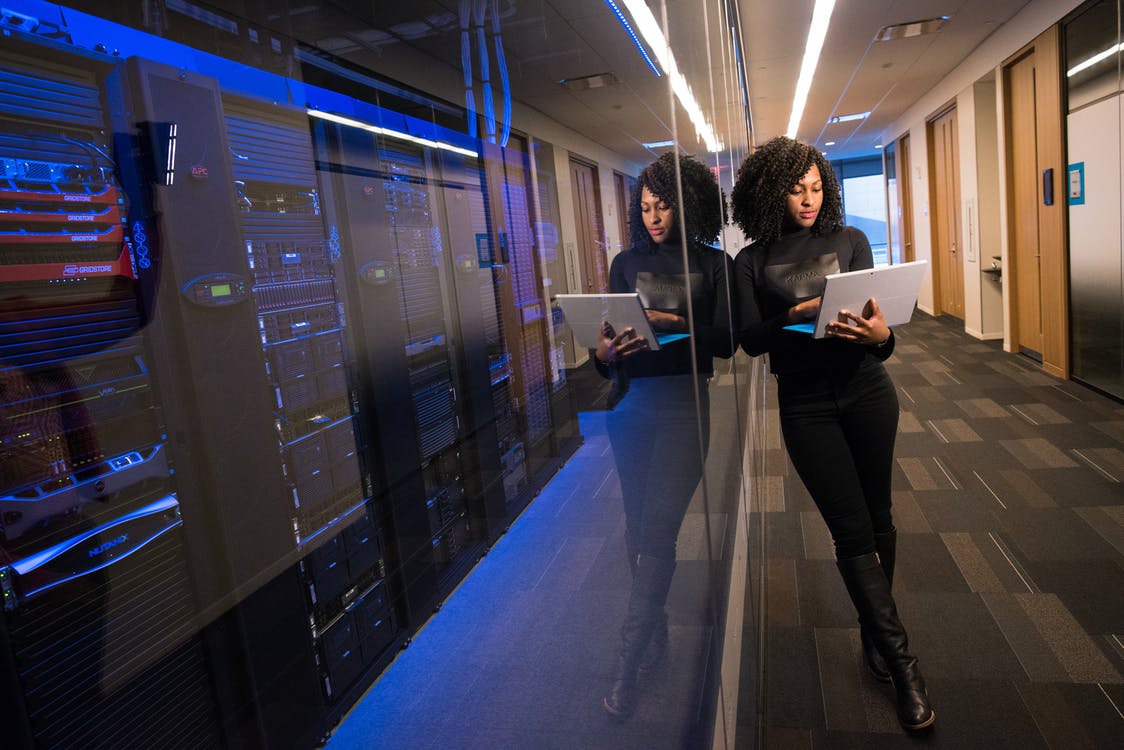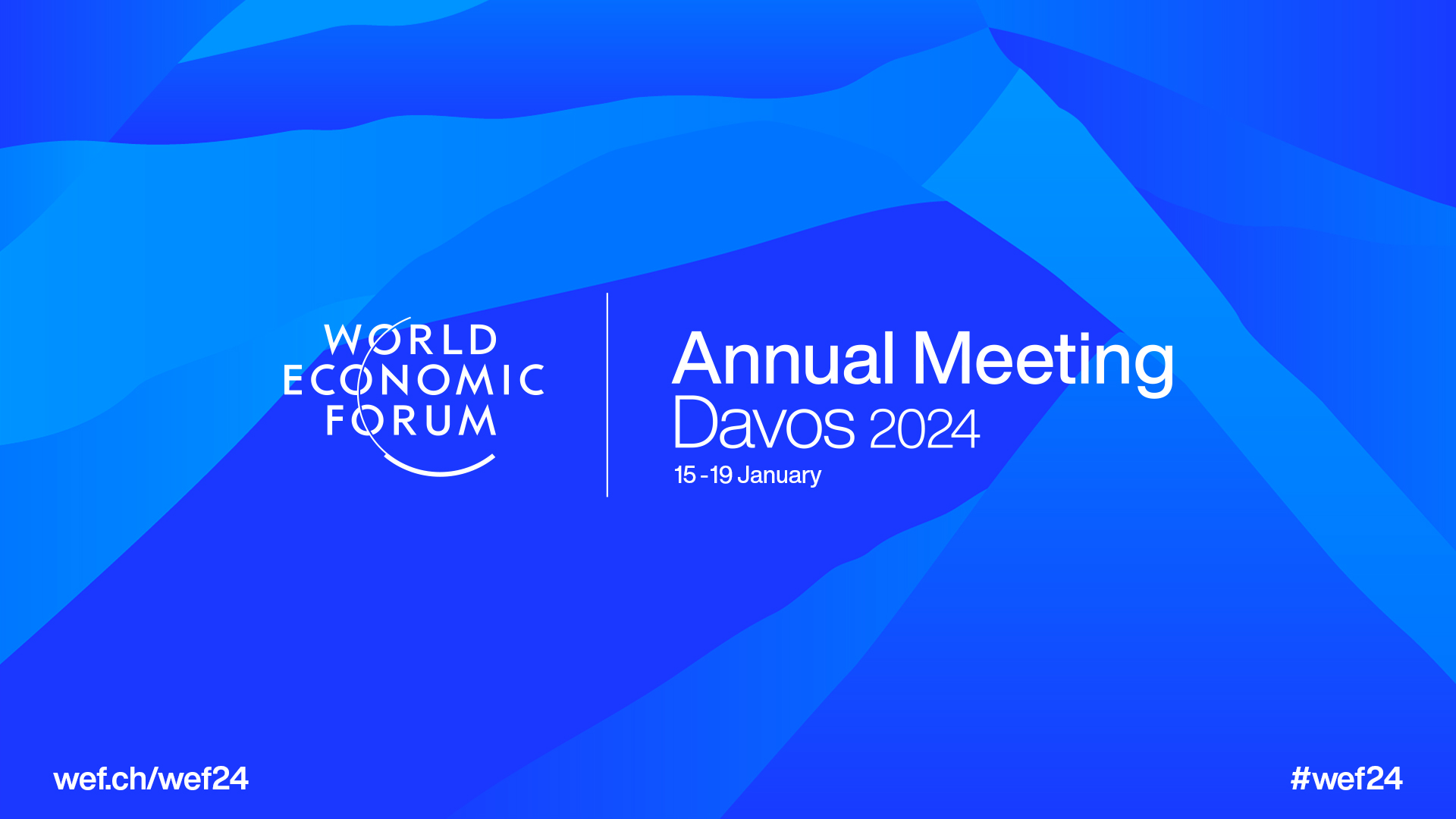What is Edge Computing

Dell estimate that there are over 15 billion edge devices in the marketplace today and this will grow to 55 billion in 2022 and 150 billion by 2025. According to Dell Technologies , Edge Computing (on location) will be one of industries top priorities over the next 3-5 years. Find out more about what is Edge Computing and how it can transform your organization.
Edge computing places workloads closer to where data is created and where actions need to be taken. It addresses the unprecedented scale and complexity of data created by connected devices. As more and more data comes in from remote IoT edge devices and servers, it’s important to act on the data quickly. Acting quickly can help companies seize new business opportunities, increase operational efficiency and improve customer experiences.
Gartner estimates that by 2025, 75% of data will be processed outside the traditional data center or cloud.
Edge computing is a distributed computing framework that brings enterprise applications closer to data sources such as IoT devices or local edge servers. This proximity to data at its source can deliver strong business benefits, including faster insights, improved response times and better bandwidth availability.
An effective edge computing model should help you:
- Manage your workloads across all clouds and on any number of devices
- Deploy applications to all edge locations reliably and seamlessly
- Maintain openness and flexibility to adopt to evolving needs
- Operate more securely and with confidence
Gartner estimates that by 2025, 75% of data will be processed outside the traditional data center or cloud.
In this video, Rob High, IBM Fellow and CTO, provides insights into the basic concepts and key use cases of edge computing.
Learn more about Edge Computing: https://ibm.co/2kMm7yp
Check out IBM Edge Application Manager: http://ibm.biz/ibm-edge-app-manager


